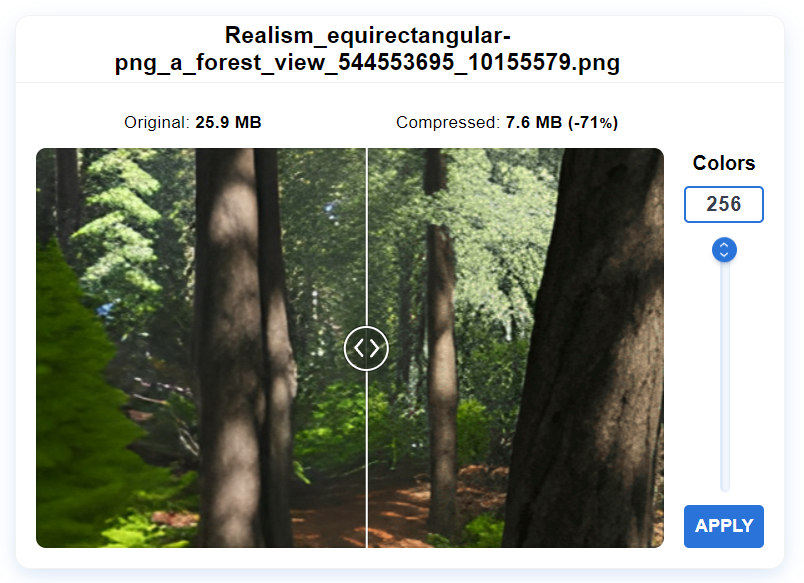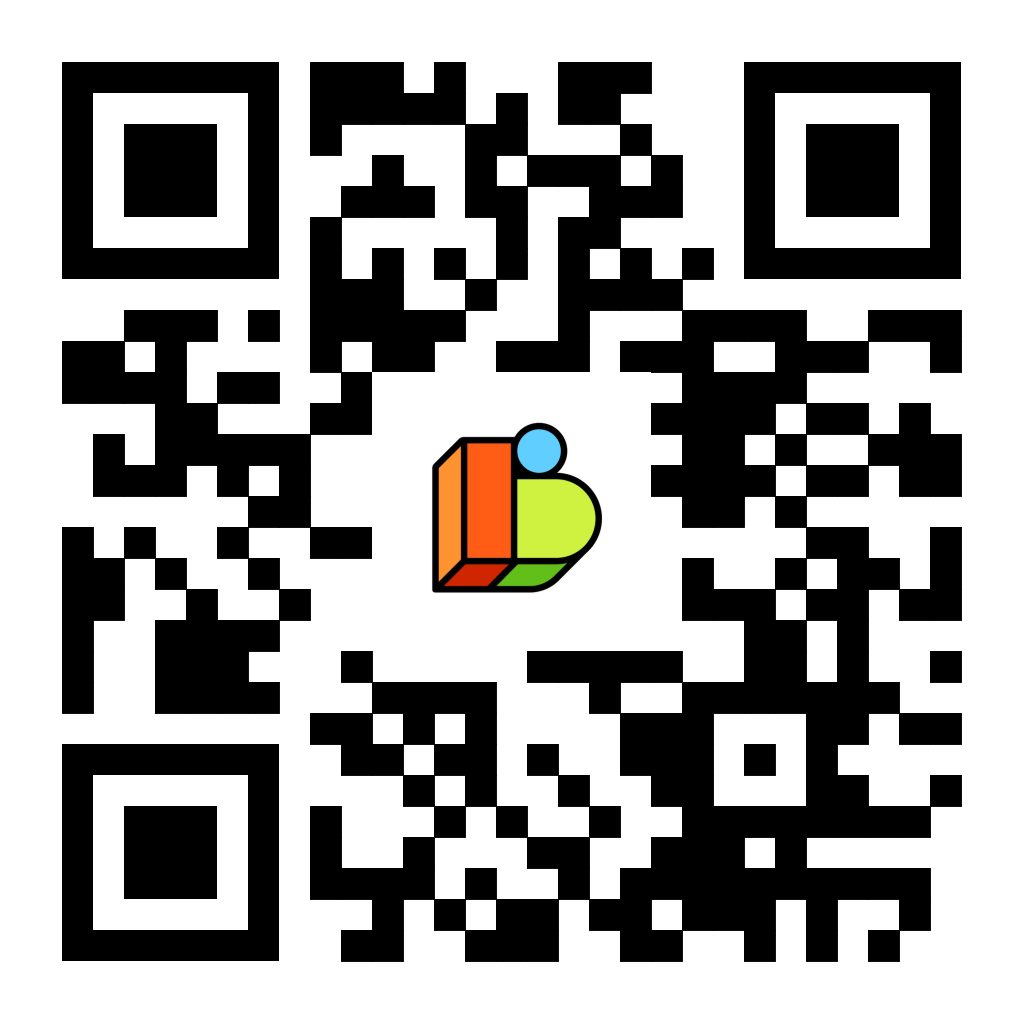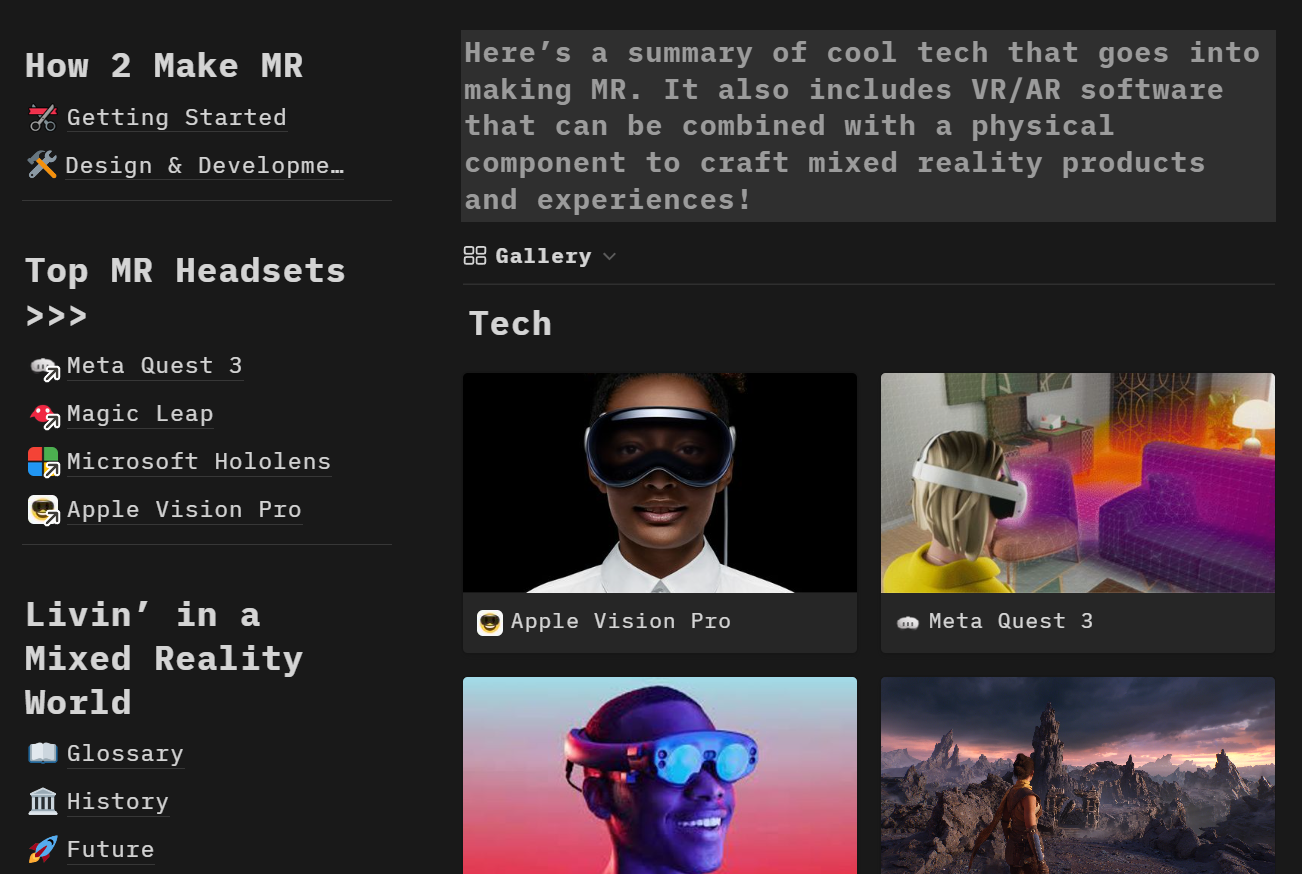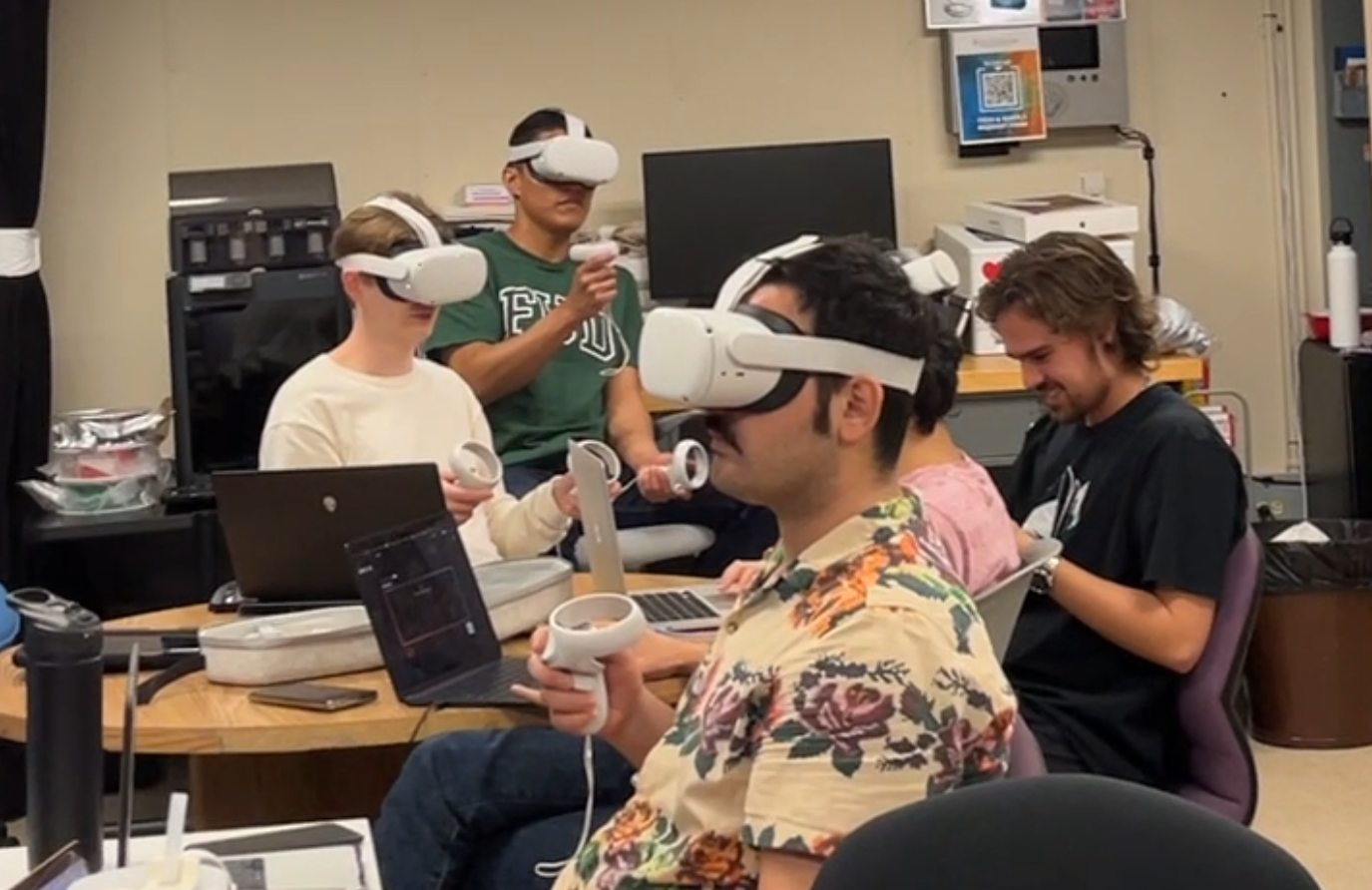Introduction
The aim of conducting this workshop was to introduce participants to the realms of AR, VR, and MR, dispelling myths and orchestrating a beginner-friendly hands-on session. Here, participants could craft their first Mixed Reality experience, emphasizing creativity over technical complexities to foster a comfortable learning environment.
Workshop overview
This Mixed Reality workshop was a collaborative effort by a team of five individuals, each bringing unique expertise and skills to the table.
The workshop include:
- An insightful presentation that introduced the fundamental concepts of mixed reality
- Walking the participants through a comprehensive Notion handbook curated by our team
- Hands-on session, where participants had the opportunity to put theory into practice and create their own version of mixed-reality demos
- Q&A session to get the participants ready to embark on their journey in immersive computing
My role
As a member of the dynamic team behind the Mixed Reality Workshop, I had the privilege of spearheading the development of a demo prototype for the workshop.
My deliverables include:
- Competitive analysis on the 3D prototyping tools and finalizing a tool for VR/AR prototyping
- Build and present the demo to empower the workshop participants to dive into the world of mixed reality
- Crafting Figma and Bezi templates to aid participants with the initial configurations
- Unblock and help the participants if they get stuck while building the prototype
Crafting the prototype
One of the primary challenges in developing the workshop prototype was striking the right balance between complexity and simplicity. Recognizing that participants would be relatively new to mixed reality development,We centered the prototype's design around a vertical slice approach. This ensured that core concepts and techniques were showcased clearly, without burdening participants with unnecessary intricacies.
Defining the scope
Following multiple brainstorming sessions with the team, we outlined the scope of the prototype as follows:
Participant Empowerment
Enable participants to customize and craft their own experiences, fostering a sense of engagement and excitement.
Streamline Setup
Simplify the technical setup by providing templates, allowing participants to concentrate on creativity without becoming bogged down by technical details.
Enhance Interactivity
Incorporate interactive elements such as buttons or collider triggers into the demo.
Blend Realities
Facilitate the blending of realities rather than merely immersing participants in a virtual world.
Tool selection
Considering our research and prior experience with 3D tools, we've decided to assess the compatibility of Unity and Bezi for executing a workshop within very limited time and resources.
| Parameter | Bezi | Unity |
|---|---|---|
| Learning Curve |
Gradual learning curve, easy to start
|
Steeper learning curve for beginners, setup required
|
| Getting Started |
Create an account creation and start prototyping
|
Download 15 GB executable
|
| Computation Requirement |
Runs in browser, usable on participant's computers
|
Requires powerful system, access to gaming PCs
|
| XR Setup |
Just drag-and-drop XR rig into the scene
|
Setup of XR Interaction toolkits required
|
| Capability |
Less powerful comparatively, but easier to setup
|
More powerful but complex setup
|
| Deployment and Testing |
Copy URL to headset browser
|
Meta account, developer mode, SideQuest setup required
|
| Figma Integration |
Out-of-the-box integration
|
Setup and use of 3rd party package
|
| Realtime Collaboration |
Out-of-the-box feature
|
Additional setup required
|
| State-based Interactions |
State machine-driven, no coding required
|
Coding necessary for interactions
|
In summary, both Unity and Bezi present appealing choices for crafting mixed reality experiences, each bringing unique advantages and factors to the table. However, given our constraints regarding workshop time and deployment efficiency, we concluded that Bezi was the optimal selection. Its ability to swiftly generate lightweight prototypes aligned perfectly with our needs, making it the preferred platform for conducting workshops.
Solidifying a concept
While exploring online for inspiration, we came across a Bezi tutorial demonstrating the creation of a portal using skyboxes and occluder walls.
Building upon this foundation, we decided to implement the following enhancements:
Figma Integration
Our goal was to familiarize participants with the Figma integration feature through a customizable card inspired by the Spacial UI design toolkit.
This allowed participants to personalize their experience by adding their names, selecting profile pictures, and describing two virtual environments that they could later create using an AI-based Skybox Generator called Blockade Labs.
The card was designed with the following objectives in mind:
- Enabling participants to express their identity and individuality.
- Serving as a keepsake or memento of the event.
- Providing a platform for creative expression and adding an element of fun and enjoyment to the event
Performance Optimization
Optimizing the performance of a web-based graphics tool is essential for ensuring smooth user experiences and efficient utilization of resources. Even though Bezi is pushing the boundaries of web graphics capabilities, designing with optimization guidlines provided by Bezi in mind, and adhering to the "Keep it simple, stupid" (KISS) design principles, ensures a smooth VR headset experience, maintaining a refresh rate of 90 Hz.
Texture Compression
Large texture file sizes can significantly impact performance in VR environments. To address this challenge, the following steps were implemented:

Screenshot from Optimizilla
Optimizing Startup Latency
- The initial lag in VR scene loading arises from multiple factors such as time-consuming process of loading assets like textures, models, and animations.
- Upon entering VR mode via the Bezi link in the headset, a noticeable delay occurred as the scene loaded into memory. It was later determined that the high-resolution skybox texture was the cause of this issue, particularly on the Meta Quest 2 platform.
- To address this problem, we utilized the state machine feature to prevent the skybox from loading initially. Instead, it is displayed only when the user clicks a button to change the state, thus minimizing the delay and enhancing the overall experience.
Final Prototype
After multiple iterations, thorough testing, and minor adjustments to enhance the experience, we finalized this version of prototype for the demo.
Live Demo

Executing the workshop
We conducted a one and a half-hour workshop covering the presentation, debunking quiz, hands-on session, and Q&A.
Presentation
Notion Handbook
- In addition to the presentation, participants were provided with a comprehensive Notion handbook curated by our team.
- This handbook served as a valuable resource, offering reference materials to support participants throughout their learning journey.
- Follow this link to access the complete handbook

Hands-on session
Outcomes and Impact
- A significant number of participants successfully created and deployed their own mixed-reality demos using Meta Quest 2 headsets.
- Many participants expressed newfound confidence in their ability to explore and experiment with mixed reality technology.
- Participants left the workshop inspired and equipped to continue their journey in mixed reality development, with many expressing plans to explore further opportunities in the field.
